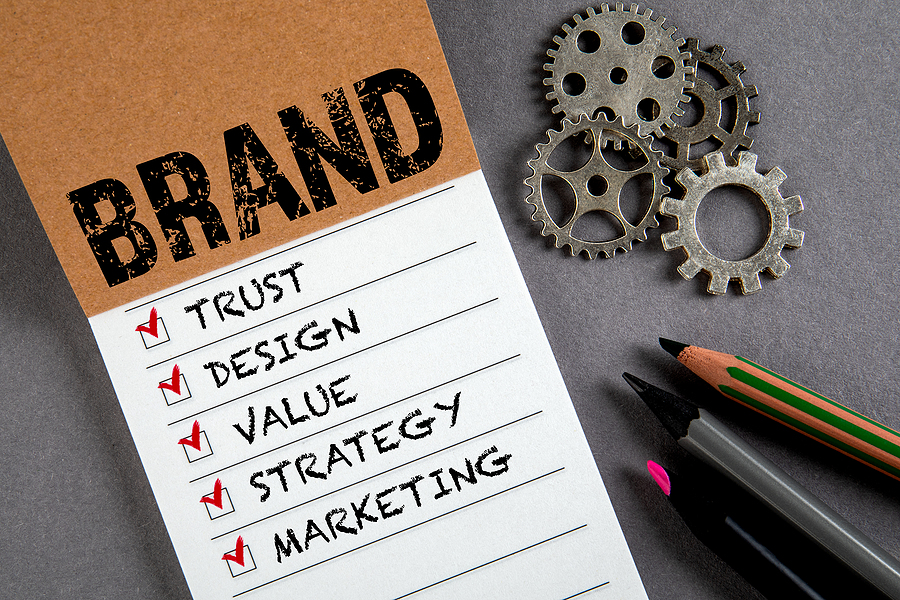
The Services You Really Need From Your Agency
May 19th, 2021 Posted by Emergent Agency Services, brand advocacy, brand marketing, brand strategy, Category Design, CMO, Differentiation, Emotional relevance, engagement, Insight, Navigation, storytelling 0 comments on “The Services You Really Need From Your Agency”The highest and best use of a strategic resource
If you were to boil down comments we get from clients on what they like about our work, why they entrust us with their marketing needs, a recurring theme pops up. They lean in on strategic guidance and informed perspective about how best to grow their brand and business.
Tactics like social, earned, owned and paid media all matter, and we have a proprietary approach to deploying them. However, the nuts and bolts from agency to agency tend to be common. So the real acid test of value falls into an area we describe as expert guidance. Clients are looking for transformational growth and strength from their brand value propositions. Given that objective, it’s understandable why research shows clients’ top priority for services they expect to gain advantage by outsourcing starts with strategic brand guidance.
Increasingly, clients believe if strategy isn’t dialed in correctly, everything that follows in outreach and sales support is a dice roll. So true. The fundamentals of category design, brand differentiation and positioning, brand narrative, persona analysis, key messaging, brand narrative and customer journey mapping all feed the right and most compelling story to tell.
- Without user relevance there can be no user resonance. More marketing budgets are wasted because the foundational strategies and consumer insights are not properly dialed-in and the effort fails to engage. Just because you’re able to drive media awareness with a generous budget doesn’t guarantee a winning outcome in the market you serve.
Our value almost always starts with insights we’ve honed over years of working in various categories – insights on consumer behavior, preferences and quirks on the path to purchase. It stands to reason if you have deep understanding of what core users care about, then you also have an opportunity to create content that’s meaningful and useful to them.
Brands are no longer sellers. The privilege of a consumer relationship must be earned through enabling consumer lifestyle interests and aspirations, operating as a valued partner on their life journey. When the relationship is restricted to transactional occasions, it casts the value entirely on product outcomes instead of cultivating a deeper bond and meaning. Suddenly, it’s harder to compete on anything except price. That’s due in part to the leveling up in production technologies and supply chain quality making it nearly impossible to maintain over time any kind of meaningful technical superiority.
Your brand is your secret sauce, and its emotional connectivity means everything to the success of your customer relationships and value. When you are hyper focused only in brand technology and processes, you can end up working at cross purposes with who is really running the business – your consumer.
Guidance on higher purpose, deeper meaning
How is it that some brands enjoy a solid foundation of passionate consumer advocacy and ambassadorship that enables the holy grail of marketing – word of mouth and social proof? Those brand minders know the business must invoke a higher purpose that transcends the product itself. People want something important to believe in.
Having a fantastic product experience is now table stakes. Competitive advantage lies in how brands align themselves with the beliefs, values and lifestyle interests their core users hold dear. Thus, higher purpose isn’t a nice to do, it is indeed mission critical.
Emergent started exploring higher purpose strategy years ago and we’ve become experts in how this strategic platform is best developed for client brands through our unique Brand Sustainability Analysis process. A stronger brand and inspired community of users results from having more to offer than simply a product inside a package. Want to be more meaningful to consumers? Then imbue your brand with deeper meaning.
This work comprises the core value proposition we bring to client marketing planning, ahead of the creative work to build compelling, powerful and emotionally resonant brand stories. This is all informed by a brand voice having more going for it than ad-centric cleverness in talking up features and benefits.
Given formulations, recipes, ingredient strategies are ultimately not all that wildly different brand to brand, if the brand voice is focused solely on product attributes, it inadvertently feeds sameness and commoditization in the category. The Beyond and Impossible burger formulations bare similarity as plant-based meat so the story instead is about taste indulgence and sustainability bona fides.
A touch for emotional storytelling
Words matter. Emotion sits at the front door of engagement for the very reason people are feeling creatures who think, not thinking creatures who feel. Emotion is a key driver of actions taken by consumers on the path to purchase because the non-linear, sub-conscious side of the brain is operating the levers of behavior.
- Knowing this, we build message maps with emotive words and stories that play to feelings more than facts. It is the feeling consumers have in the presence of your brand that tips them to purchase rather than analytical, logic-based arguments.
Imagine the pet food company that shares the emotional stories of pet transformation – pet lives that have been impacted and improved through the higher quality food they are ingesting. Compare that pound for pound with fact-based messaging on protein percentages or nutritional specsmanship and the impact on real engagement becomes crystal clear. Emotion wins every time.
Working to amplify symbolism and signaling
Purchases these days are largely symbolic flags of what consumers want the outside world to believe about them and what they care about. The symbols you are using on packaging, in your advertising and content become the visual shorthand consumers are looking for based on what they believe is important. For example:
- Sustainability
- Dietary outcomes like weight management and energy
- Health and wellness
People are visual creatures so use of visual symbolism on package, at the store shelf, in the web site are triggers that offer a form of signaling the consumer holds onto that aligns with their desires and preferences. Mapping a symbolism platform should be part of your marketing partner’s scope of work.
Brand experiences
Actions speak louder than words and for that reason, brand experiences become a significantly important tool in bringing the brand closer to users.
- Culinary events, for example, allow people to get hands on with their passion for creativity, taste experiences and indulgences.
- Health, wellness and fitness events amplify the interest in taking better care of one’s self and investing in self-improvement.
- Music is incredibly powerful for a brand association in moments of deep emotional connection.
- Educational events that provide useful lifestyle guidance or remove perceived risk through sampling lead to brand bonding moments.
To the extent brands have an opportunity to act as consumer coach and guide, it puts the brand in the right role of advisor rather than brand storytelling hero – the position rightfully owned by the consumer. The brand is Yoda to your user Luke Skywalker.
Trust creation and risk removal
Consumer purchase behaviors are 99.99999 percent of the time informed by their overwhelming need to avoid making a bad decision. No matter what you say, consumers will stay away if they perceive risk is at stake in a purchase.
Risk avoidance is a strong barrier to trial. Removing risk involves the following:
- Using the voices of outside credible experts to validate what you want people to believe.
- Bringing the powerful verification of real people testimonials in social channel posting.
- Familiarity bolsters trust, so awareness building is part of this process.
- Consistency in your behaviors and policies that place the customer first – they need to believe you are always acting in their best interests.
- Honesty is partially a voice and language effort but must be informed by a willingness to own mistakes – this is hard to do but it humanizes the brand.
Trust strategy should be an integral and fundamental component of strategic planning.
This eco-system of services, resources and programs comprises the highest and best use of your agency partnership. It might seem odd not to include excellence in communications tactics such as earned and social media. But for the most part agencies with a strong track record should excel in varying degrees with these fundamental practice areas. The work profiled above, however, is what separates the average from the exceptional and deploys the most powerful tools available to build brand value and consumer engagement.
If you are currently looking for fresh ideas and perspective for your business, use this link to open an informal conversation about your needs.
Looking for more food for thought? Subscribe to the Emerging Trends Report.
Bob Wheatley is the CEO of Chicago-based Emergent, The Healthy Living Agency. Traditional brand marketing often sidesteps more human qualities that can help consumers form an emotional bond. Yet brands yearn for authentic engagement, trust and a lasting relationship with their customers. Emergent helps brands erase ineffective self-promotion and replace it with clarity, honesty and deeper meaning in their customer relationships and communication. For more information, contact [email protected] and follow on Twitter @BobWheatley.




